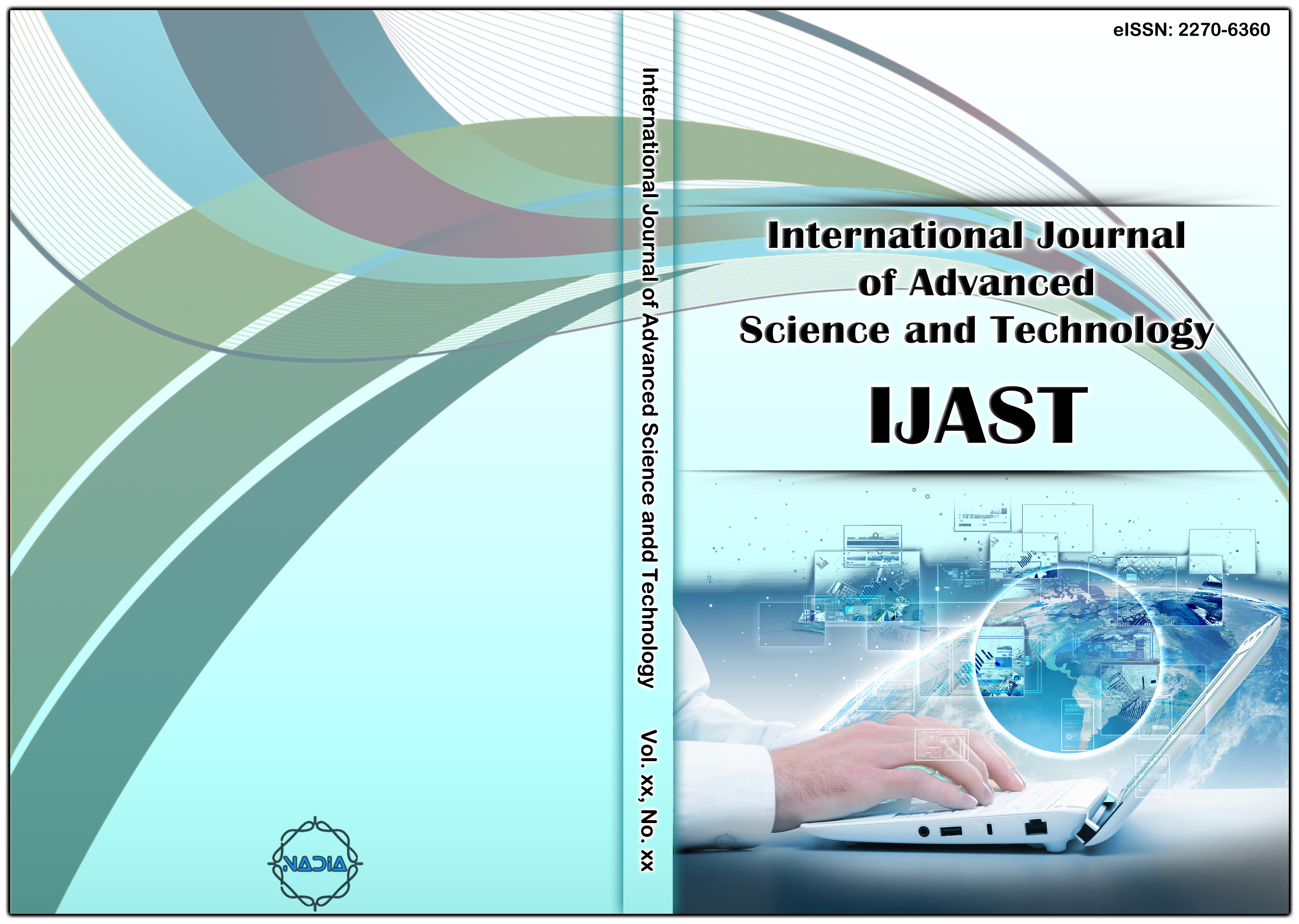[1] Indonesian Statistical Bureau, Bali Province. 2016.
[2] Culture and Tourism Office, Regional Bali, 2015.
[3] Nusantini, Ni Luh Ayu. "Atribut Destinasi Yang Mempengaruhi Loyalitas Wisatawan Berkunjung Ke Kawasan Sanur." Jurnal Master Pariwisata (JUMPA) (2016).
[4] Hendrayana, Made. "Strategi Pengembangan Makanan Tradisional Bali Pada Hotel Di Kawasan Sanur." Universitas Udaya Denpasar (2011).
[5] Budiasa, I. Wayan, et al. "The role of the Subak system and tourism on land use changes within the Saba watershed, Northern Bali, Indonesia." J ISSAAS 21.2 (2015): 31-47.
[6] Ritchie, JR Brent, and Geoffrey Ian Crouch. The competitive destination: A sustainable tourism perspective. Cabi, 2003.
[7] Evans, N., Stonehouse, G., and Campbell, D. Strategic management for travel and tourism. Taylor & Francis, 2012.
[8] Poon, A. Tourism, technology and competitive strategies. CAB international, 1993.
[9] d'Hauteserre, A-M. "Lessons in managed destination competitiveness: the case of Foxwoods Casino Resort." Tourism Management 21.1 (2000): 23-32.
[10] Dwyer, L., and Kim, C. "Destination competitiveness: determinants and indicators." Current issues in tourism 6.5 (2003): 369-414.
[11] Enright, M.J., and Newton, J. "Tourism destination competitiveness: a quantitative approach." Tourism management25.6 (2004): 777-788.
[12] Cracolici, M.F., and Nijkamp, P. "The attractiveness and competitiveness of tourist destinations: A study of Southern Italian regions." Tourism management 30.3 (2009): 336-344.
[13] Gomezelj, D.O., and Mihalič, T. "Destination competitiveness—Applying different models, the case of Slovenia." Tourism management 29.2 (2008): 294-307.
[14] Koh, K.Y., and Hatten, T.S. "The tourism entrepreneur: The overlooked player in tourism development studies." International Journal of Hospitality & Tourism Administration 3.1 (2002): 21-48.
[15] Golembski, G., and Olszewski, M. "The Spas of Salt Mine Bochnia ea Polish case." Innovation and entrepreneurship. Strategies and processes for success in tourism (2010): 135-149.
[16] Wang, Y., and Krakover, S. "Destination marketing: competition, cooperation or coopetition?" International Journal of Contemporary Hospitality Management 20.2 (2008): 126-141.
[17] Pernecky, T., and Jamal, T. "(Hermeneutic) phenomenology in tourism studies." Annals of Tourism Research37.4 (2010): 1055-1075.
[18] Riley, R.W., and Love, L.L. "The state of qualitative tourism research." Annals of tourism research 27.1 (2000): 164-187.
[19] Deci, E.L., and Ryan, R.M. "Intrinsic motivation." The corsini encyclopedia of psychology (2010): 1-2.
[20] Goodson, L., and Phillimore, J. "The inquiry paradigm in qualitative tourism research." Qualitative research in tourism. Routledge, 2004. 48-63.
[21] Denzin, N.K., and Yvonna S. Lincoln. "Introduction: The discipline and practice of qualitative research." (2008).
[22] Dwyer, L, et al. "Attributes of destination competitiveness: A factor analysis." Tourism analysis 9.1-2 (2004): 91-101.
[23] Hidayat, A. Implementasi Kebijakan Pariwisata Dalam Perspektif General Agreement on Trade in Services (GATS) Suatu Studi di Kota Bandung. Disertasi. Program Pascasarjana Universitas Padjadjaran. Bandung. (2003).
[24] Hermana. Pengaruh Perencanaan stratejik kepariwisataan sebagai salah satu determinan manajemen publik terhadap pengembangan kepariwisataan Provinsi Banten. Disertasi. Program Pascasarjana Universitas Padjadjaran. Bandung. (2006).
[25] Wiyadi, I. Strategi Public Relations Dalam Membentuk Persepsi, Sikap dan Preferensi Wisatawan Mancanegara Serta Pengaruhnya Terhadap Pemosisian Industri Pariwisata Nasional. Disertasi. Program Pascasarjana Universitas Padjadjaran. Bandung. (2006).
[26] Suryahadi, Y. Analisis Persepsi dan Preferensi Konsumen Terhadap Kawasan Taman Nasional Kepulauan Seribu. Disertasi. Program Pascasarjana Institut Pertanian Bogor. Jawa Barat. (2009).
[27] Lopes, S.D.F. "Destination image: Origins, developments and implications." PASOS. Revista de Turismo y Patrimonio Cultural 9.2 (2011): 305-315.
[28] Mehmetoglu, M. "Typologising nature-based tourists by activity—Theoretical and practical implications." Tourism management 28.3 (2007): 651-660.
[29] Jaini, N., Anuar, A.N.A, and Daim, M.S. "The practice of sustainable tourism in ecotourism sites among ecotourism providers." Asian Social Science 8.4 (2012): 175.
[30] Soeroso, A. Pengembangan Pariwisata Hijau Di Wilayah Kaliurang-Kaliadem. https://library.binus.ac.id. (2008).
[31] Arida, N.K. Meretas Jalan Ekowisata Bali Dan Kabupaten Paser Provinsi Kalimantan Timur”, Disertasi. Program Pascasarjana IPB, Bogor. (2009).
[32] Pike, S., and Page, S.J. "Destination Marketing Organizations and destination marketing: A narrative analysis of the literature." Tourism management 41 (2014): 202-227.
[33] Robinson, Peter. Tourism: The key concepts. Routledge, 2012.
[34] Warpani, S.P., and Warpani, I.P. Pariwisata dalam tata ruang wilayah. Penerbit ITB, 2007.
[35] Yoeti, O. "A. 1996." Pengantar Ilmu Pariwisata.
[36] Larsen, S. "Aspects of a psychology of the tourist experience." Scandinavian Journal of Hospitality and Tourism7.1 (2007): 7-18.
[37] Bieger, T., and Laesser, C. "Information sources for travel decisions: Toward a source process model." Journal of Travel Research 42.4 (2004): 357-371.
[38] Gursoy, D., and McCleary, K.W. "An Integrative Model of Tourists’information Search Behavior." Annals of tourism research 31.2 (2004): 353-373.
[39] Xiang, Z., and Gretzel, U. "Role of social media in online travel information search." Tourism management 31.2 (2010): 179-188.
[40] Leung, D, et al. "Social media in tourism and hospitality: A literature review." Journal of travel & tourism marketing 30.1-2 (2013): 3-22.
[41] Munar, A.M., and Jacobsen, J.K.S. "Trust and involvement in tourism social media and web-based travel information sources." Scandinavian Journal of Hospitality and Tourism 13.1 (2013): 1-19.
[42] Zehrer, A., Crotts, J.C., and Magnini, V.P. "The perceived usefulness of blog postings: An extension of the expectancy-disconfirmation paradigm." Tourism management32.1 (2011): 106-113.
[43] Peter, M., and Sherman, V. "Innate differences in singing behaviour of sparrows reared in isolation from adult conspecific song." Animal Behaviour 33.1 (1985): 57-71.
[44] Ariwangsa. 2012. Mountain Bike Park di Area Hutan Bedugul – Baturiti: Sebuah Potensi yang Bagus dari Pariwisata Olahraga dan Petualangan?’ Tesis. Program Pascasarjana Universitas Udayana. Bali.
[45] Broadaway (2012). Bicycle Tourism And Rural Community Development: An Asset Based Approach’ Journal Of Sustainable Tourism Vol. 8, No. 5.
[46] Doxiadis, C. A. "Water and environment." International Conference on Water for Peace, Washington, DC. 1967.
[47] Winarno, W.W. "Sistem Informasi Akuntansi." Edisi ke-dua, Penerbit UPP STIM YKPN, Yogyakarta (2006).
